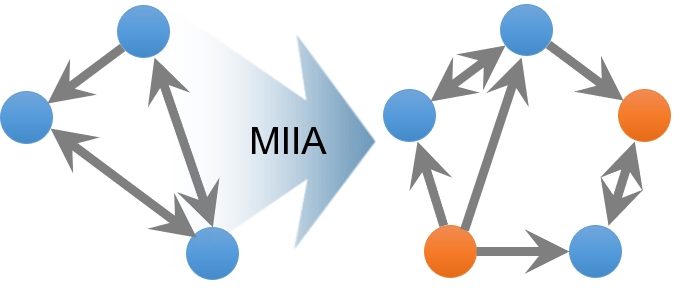The Science
The Impact
This new computational method improves our understanding of how microbes organize themselves into communities. It describes in detail how neighboring species affect interactions between microbes. This method also predicts major shifts in microbes’ influence on carbon and nitrogen cycles. This information could enable scientists to design and engineer groups and communities of microbes in the future.
Summary
Microbial community dynamics in soil and other habitats involve nonlinear interspecies interactions, so these dynamics are notoriously difficult to predict. Yet understanding how such microbiomes are organized in nature is necessary for designing them (such as for biofuel production) and for controlling them—for example, as a way to assure that soils do not emit too much carbon into the Earth’s atmosphere. Meanwhile, ecologists know that interactions in microbial communities are influenced by neighboring species, or what organisms are around them. Until now, however, there has been no theoretical framework that can predict such context-dependent microbial interactions.
The research was motivated by the following fundamental ecological questions: How are interspecies interactions modulated by shifts in community composition and species populations? To what extent can interspecies relationships observed in simple cultures be translated into complex communities?
The researchers addressed these questions by demonstrating that the theoretical framework enables microbial interactions in binary, or one-to-one cultures to be translatable into complex communities. The researchers also demonstrated the utility of this method in designing and engineering microbial consortia. In this regard, they found that microbial interactions can be significantly modulated when perturbed by a small number of neighboring species—but that the level of modulation diminishes as the number of new neighboring species increases.
This work, the authors say, can also be applied to questions of community ecology beyond microbes. It may provide a theoretical platform for better understanding all biological interaction systems.
Funding
This research was supported by the U.S. Department of Energy (DOE) Office of Biological and Environmental Research (BER), as part of Foundational Scientific Focus Area (SFA), Soil Microbiome SFA, and Subsurface Biogeochemistry Research (SBR) SFA at the Pacific Northwest National Laboratory (PNNL).
Original post https://alertarticles.info


